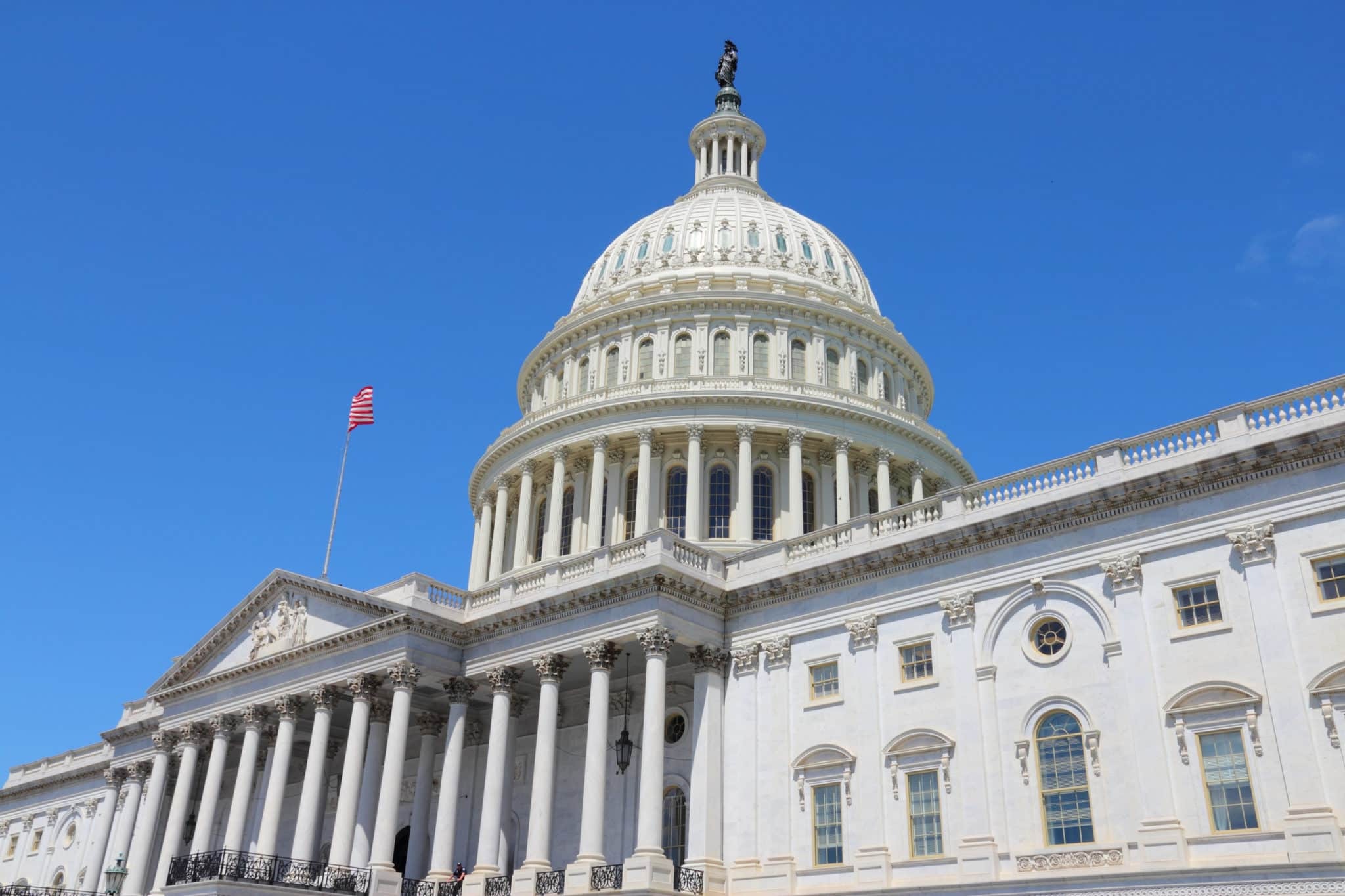
Film analysis offers a window into the intricate world of movies, revealing layers of meaning, artistic choices, and cultural impacts that go beyond mere entertainment. For cinephiles and casual viewers alike, understanding the nuances of film analysis can transform movie-watching from a passive activity into an engaging, thought-provoking experience. This guide will introduce you to 21 fascinating facts about film analysis, covering everything from the basics of narrative structure and cinematography to the more complex aspects of genre theory and auteur criticism. Whether you're a seasoned film critic or just starting to explore the depths of cinema, these insights will enrich your appreciation of films and equip you with the tools to analyze them more deeply. So, grab your popcorn, and let's delve into the captivating world of film analysis.
Understanding Film Analysis
Film analysis involves a detailed examination of various elements within a movie, such as narrative structure, genre, cinematography, editing, sound, and more. This process helps viewers appreciate the artistic and technical skills involved in filmmaking, as well as the film's deeper meanings and messages.
-
Film analysis is not just about what happens in a story, but how the story is told. This includes looking at camera angles, lighting, and color schemes, which can all influence a viewer's perception of the film.
-
Directors often use specific shots, like close-ups or wide shots, to convey particular emotions or highlight important details.
The Role of Genre in Film Analysis
Genres categorize films into various types based on their themes, narrative techniques, and visual style. Understanding a film's genre can provide insights into its conventions and the expectations it aims to fulfill or subvert.
-
Horror films, for example, frequently employ dark lighting and jump scares to evoke fear, while comedies might use bright lighting and a faster pace to create a light-hearted atmosphere.
-
Recognizing a film's genre helps analysts predict certain plot developments and character archetypes, making it easier to understand the filmmaker's intentions.
The Impact of Cinematography
Cinematography is the art of photographing and visualizing the film, playing a crucial role in storytelling. It involves the selection of camera angles, lens choices, framing, and the movement of the camera.
-
A film's mood and tone can be significantly affected by its cinematography. For instance, a scene shot in low light with a handheld camera might feel more intimate or unsettling.
-
Cinematographers often use depth of field – the range of distance within a shot that appears sharp – to direct viewers' attention to specific elements of a scene.
Editing Techniques and Their Effects
Editing refers to how shots are put together to create the film's overall flow and rhythm. It can affect the pace of the story and how information is presented to the audience.
-
Jump cuts, which abruptly show an action or scene without transition, can create a sense of urgency or disorientation.
-
Cross-cutting, or cutting between different sets of action that can be occurring simultaneously, builds suspense and connects different storylines.
Sound Design in Film
Sound in film includes dialogue, music, and sound effects. Each plays a vital role in enhancing the storytelling and emotional impact of a movie.
-
Background music can subtly influence viewers' emotions, preparing them for upcoming events or shifts in mood.
-
Sound effects add realism to the film's world, making environments and actions more immersive.
The Significance of Narrative Structure
The narrative structure of a film refers to how its story is organized and presented to the audience. This can include the plot's chronological order, the presence of flashbacks or flash-forwards, and the perspective from which the story is told.
-
Non-linear narratives, which present events out of chronological order, can make a story more intriguing and compel viewers to piece together the plot.
-
The use of a narrator can provide additional context or insight into the characters' thoughts and motivations, enriching the viewer's understanding of the film.
Exploring Themes and Symbols
Films often explore broader themes and use symbols to convey complex ideas and emotions. Analyzing these elements can reveal deeper meanings and messages.
-
Common themes in cinema include love, war, identity, and freedom. How these themes are explored can vary widely among films, offering unique perspectives.
-
Symbols, such as recurring objects or colors, can hold significant meaning within a film's context, contributing to its thematic depth.
The Evolution of Film Analysis
Over time, film analysis has evolved, incorporating new theories and methodologies. This evolution reflects changes in filmmaking techniques and societal attitudes.
-
Feminist film theory, for example, examines how films portray gender roles and the representation of women in cinema.
-
Postmodern film analysis looks at how contemporary films often blend genres, play with narrative structures, and reference other films or media, reflecting a more fragmented culture.
The Importance of Film Analysis
Engaging in film analysis allows viewers to appreciate films on a deeper level, understanding not just the story being told but how it's being told. This can enrich the viewing experience and foster a greater appreciation for the art of filmmaking.
-
By analyzing films, viewers can become more critical consumers of media, recognizing biases and underlying messages in the content they consume.
-
Film analysis also contributes to cultural discourse, allowing for discussions about societal issues, historical contexts, and the human condition as reflected in cinema.
-
Educators and critics use film analysis to teach about narrative techniques, cultural representation, and the impact of visual storytelling.
-
Through film analysis, filmmakers can receive feedback on their work, gaining insights into how their films are interpreted and the effectiveness of their techniques.
-
Finally, film analysis fosters a global film community, connecting people through shared discussions and appreciation for cinema across different cultures and perspectives.
A Final Reel on Film Analysis
Diving into the world of film analysis opens up a universe where every scene, character, and dialogue holds deeper meaning. It's not just about watching a movie; it's about understanding the artistry and the messages filmmakers weave into their narratives. From the significance of color choices to the subtleties of camera angles, every aspect of a film can be dissected to reveal layers of interpretation. Whether you're a seasoned cinephile or a curious newcomer, the journey into film analysis is endlessly rewarding. It sharpens your critical thinking, enriches your viewing experience, and connects you with stories on a profound level. So, next time you press play, remember, there's a world of insight waiting to be discovered behind every frame. Let's keep the reels rolling and our minds open to the endless possibilities of cinema.
Was this page helpful?
Our commitment to delivering trustworthy and engaging content is at the heart of what we do. Each fact on our site is contributed by real users like you, bringing a wealth of diverse insights and information. To ensure the highest standards of accuracy and reliability, our dedicated editors meticulously review each submission. This process guarantees that the facts we share are not only fascinating but also credible. Trust in our commitment to quality and authenticity as you explore and learn with us.


